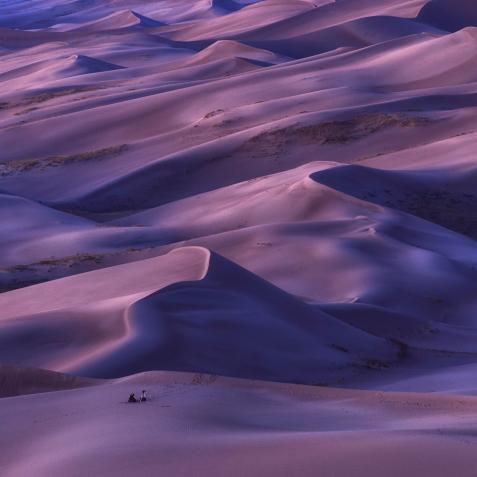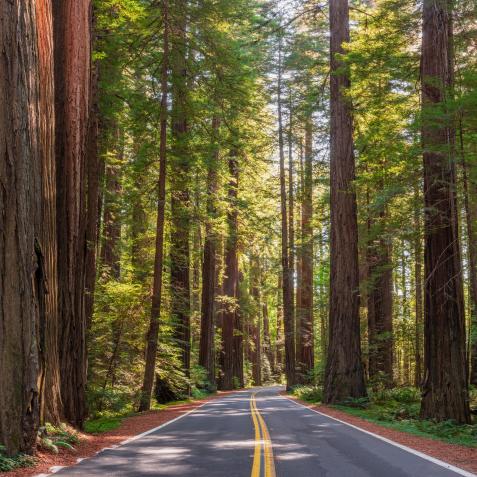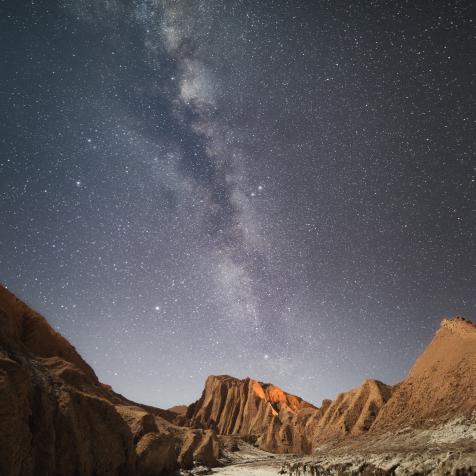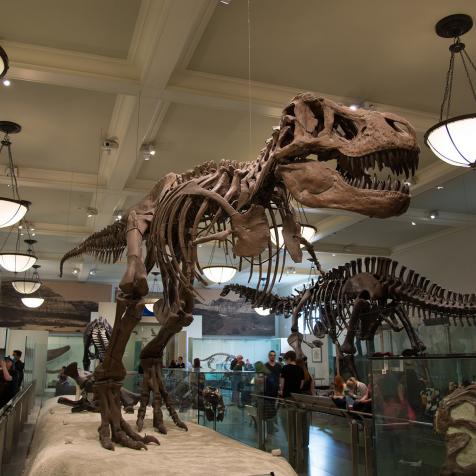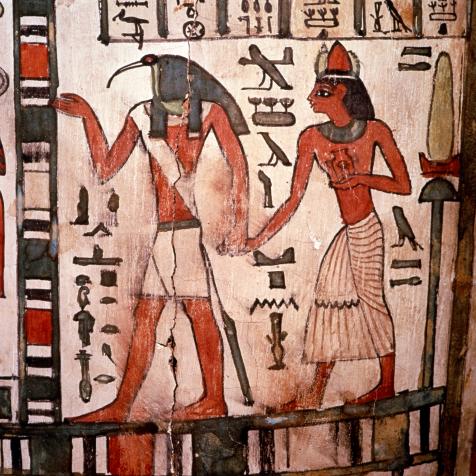
The Black Drink, Ethnobotany, and a Lost Civilization in Florida
The yaupon holly, North America’s only native plant that contains caffeine, creates a powerful elixir known as the Black Drink.
Ethnobotany is the research of how both endemic and invasive flora are utilized by indigenous communities for medicine, food, poultices, clothing, etc — it’s a large part of my research when I’m not shooting UNEXPLAINED AND UNEXPLORED. While investigating whether or not some of the ancient Maya civilization could have migrated and rebuilt after abandoning their greatest cities, Emiliano and I uncovered evidence that led us to the Southeastern United States, Florida to be exact.
If Maya explorers did indeed travel by long canoe along the coastal American Southeast and interact with other indigenous groups, it is most certain that they would have been invited to experience the Black Drink.
The Black Drink refers to a number of yaupon holly (Ilex vomitoria) based elixirs created by different indigenous groups throughout the coastal Southeast and Gulf regions. For groups such as the Cherokee, Timucua, Choctaw, Muscogee, and Yugi, the Black Drink would have been an integral part of ceremonial life. Research suggests the Black Drink — known for its powerful concentration enhancing and euphoria-inducing elixir with psychotropic effects — was used for special rituals including debates, religious engagements, and even in preparation for battle.
Interestingly, the yaupon holly is the only plant native to North America that contains caffeine, and when brewed into a drink, it has similar flavoring and side effects. So why isn’t this uniquely American beverage consumed worldwide? Why instead of being the star of its own billion-dollar industry is it a mere footnote in history?

The old adage asks the question, “what’s in a name?” In the case of Ilex vomitoria, apparently a lot. One of the primary uses of the Black Drink by early indigenous groups was in purification rituals, in particular as an emetic — a substance causing vomiting. Early European explorers witnessing these rituals gave the plant a Latin name that roughly translates, “to make one vomit”. Thus, for the last few hundred years, the yaupon holly has been regarded as little more than a coffee or tea substitute for the rural lower class. But was it the Ilex vomitoria or the host of other ethnobotanicals infused into the drink that caused the vomiting? I put its name to the test, consuming massive amounts of my own, home brewed, Black Drink. It tasted like the perfect combination of dark roast coffee and pu’erh tea. I suffered no more than a hiccup. By raising its nose to Ilex vomitoria, America may have missed out on an endemic crop that could have proved a financial powerhouse.
While shooting UNEXPLAINED AND UNEXPLORED in Florida, Emiliano and I started our very own Black Drink ceremony. Each evening, we discussed our findings over some of the powerful elixir and promise each other to tell their history as honestly as we found it. Sometimes the most profound discoveries are found in little-known cultural experiences.
Watch UNEXPLAINED AND UNEXPLORED now on SCI Go.










